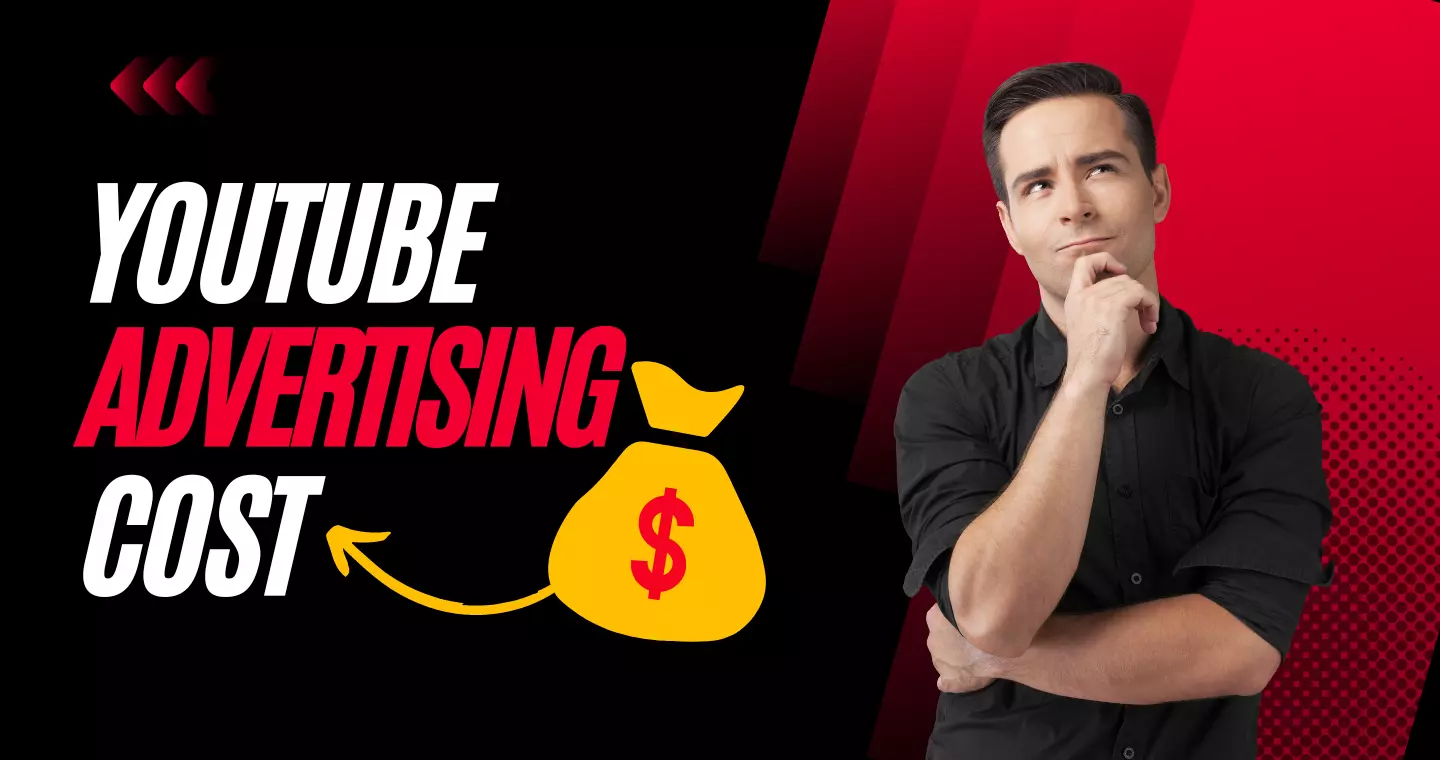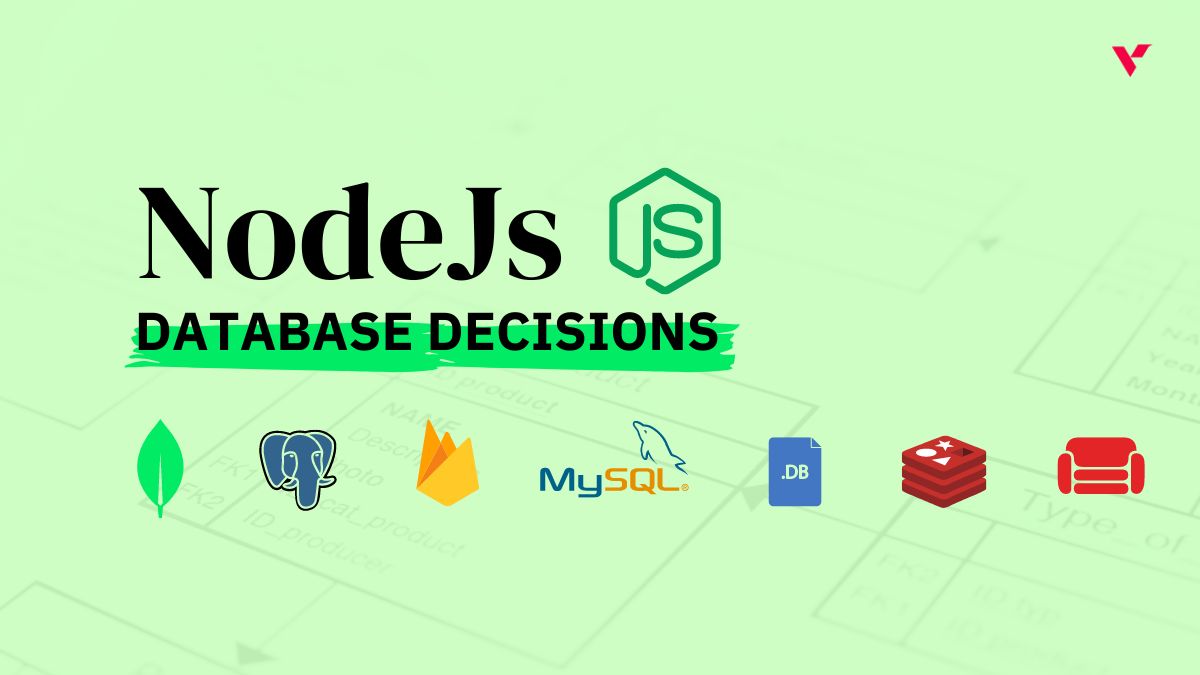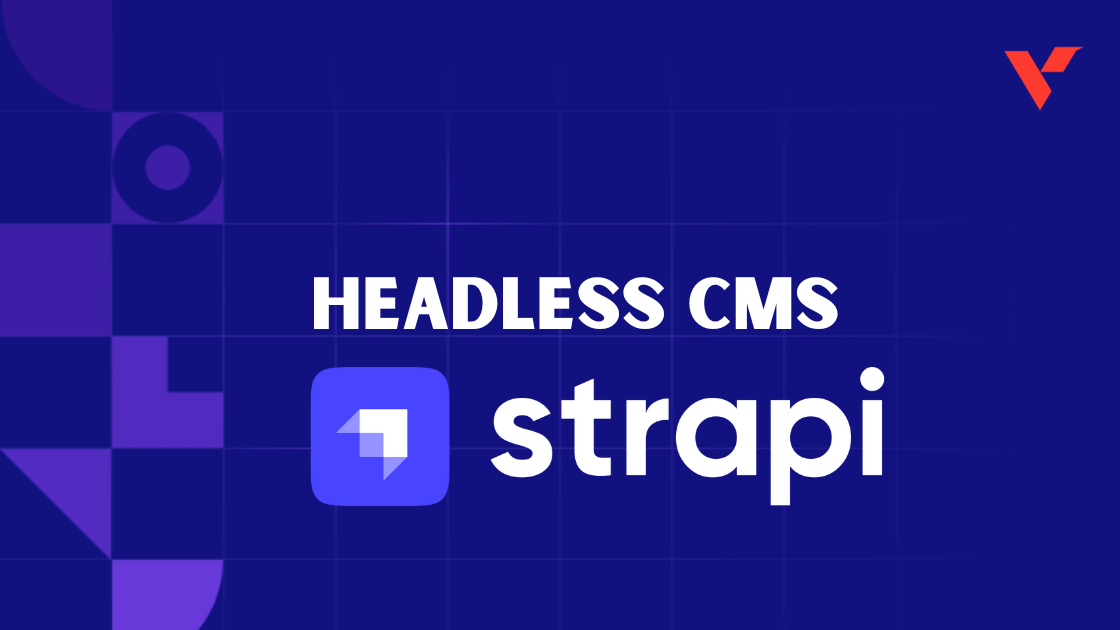Popular Tools by VOCSO
YouTube advertising has become a critical component of many digital marketing campaigns. As of March 2023, there are over 2 billion monthly active YouTube users worldwide, with users watching over a billion hours of video content every day. This presents a massive opportunity for businesses to reach their target audience through video ads on the platform.
According to recent studies, the average cost per view for YouTube ads is $0.10-$0.30, with an average CPV of $0.18. However, these costs can vary widely based on several factors, including ad format, targeting options, and bidding strategy.
In 2023, the global digital advertising spend is projected to reach $517 billion, with video advertising accounting for a significant portion of that spending. If you’re using digital marketing to promote your business then make sure you’re implementing best practices for video marketing to grow your business. It’s clear that businesses are investing heavily in digital advertising, and YouTube is no exception.
In this blog, we’ll take a closer look at how YouTube charges for ads in 2023, what factors can impact your ad costs, and the various payment models available. We’ll also explore best practices for creating effective YouTube ads that engage your target audience and maximize your ad spend.
Table of Contents
How much does YouTube advertising cost?
The cost of advertising on YouTube can vary widely depending on several factors such as your target audience, ad format, ad placement, ad duration, bidding strategy, and YouTube marketing tools.
In general, YouTube advertising is based on a cost-per-view (CPV) bidding model, which means that advertisers only pay when someone watches their ad for at least 30 seconds or clicks on it. The average cost per view can range from $0.10 to $0.30, but it can be higher or lower depending on your specific targeting and bidding strategy.
How does YouTube ad pricing work?
YouTube ad pricing is based on a cost-per-view (CPV) bidding model, which means that advertisers only pay when someone watches their ad for at least 30 seconds or clicks on it. The CPV is the maximum amount that an advertiser is willing to pay for a view, and it’s set by the advertiser during the campaign setup process.
When an advertiser creates a YouTube ad campaign, they set a budget and a bidding strategy. The budget is the maximum amount that the advertiser is willing to spend on the campaign, while the bidding strategy determines how much the advertiser is willing to pay for each view.
Bidding strategies that advertisers can use on YouTube
In 2023, advertising on YouTube has become an essential component of any marketing strategy. However, with millions of videos and billions of users on the platform, it can be tough to get your message in front of the right audience. That’s where bidding strategies come in. By using effective bidding strategies, you can improve the visibility and reach of your YouTube ads, ultimately increasing the ROI. In this section, we will discuss five bidding strategies that advertisers can use to maximize the success of their YouTube advertising campaigns.
Before we dive into the five bidding strategies, let’s first understand how YouTube’s bidding system works. Advertisers bid on specific keywords or placements, and then YouTube’s algorithm will determine which ads to show based on various factors, including bid amount, ad relevance, and user engagement. The advertiser with the highest bid and the most relevant ad will win the auction and have their ad shown to the user.
Now let’s explore the five bidding strategies that advertisers can use to maximize the success of their YouTube advertising campaigns.
1. Target Cost-Per-View (CPV) Bidding
Target CPV bidding is a bidding strategy that allows advertisers to set the maximum amount that they’re willing to pay for each view on their ad. With this strategy, advertisers can control their costs while still ensuring that their ads are being seen by their target audience. It’s an excellent option for businesses that are just starting with YouTube advertising as it allows them to experiment with different bids to find the optimal amount for their ad.
2. Maximize Clicks Bidding
Maximize clicks bidding is a strategy that allows advertisers to get the most clicks on their ads while staying within their budget. This bidding strategy is perfect for businesses that want to drive traffic to their website or landing page. With this strategy, advertisers can set a maximum bid amount, and YouTube’s algorithm will optimize the ad to get the maximum number of clicks within the budget.
3. Target Cost-Per-Action (CPA) Bidding
Target CPA bidding is a bidding strategy that allows advertisers to set a target cost for specific actions that they want the user to take, such as making a purchase or filling out a form. With this strategy, advertisers can ensure that they’re only paying for the actions that are valuable to their business.
4. Target Return on Ad Spend (ROAS) Bidding
Target ROAS bidding is a bidding strategy that allows advertisers to set a target return on ad spend, which is the revenue generated by the ad compared to the amount spent on it. With this strategy, advertisers can optimize their ads to ensure that they’re generating the most revenue possible while staying within their budget.
5. Enhanced Cost-Per-Click (ECPC) Bidding
ECPC bidding is a bidding strategy that allows advertisers to automatically adjust their bids to maximize conversions. This strategy uses machine learning to determine the likelihood of a click leading to a conversion and will adjust the bid amount accordingly.
What determines my YouTube ad costs?
Target audience: The cost of reaching specific target audiences can vary depending on factors such as demographics, interests, and geographic location. Some audiences may be more competitive than others, which can drive up the cost of targeting them.
Ad format: Different ad formats have different pricing structures. For example, TrueView in-stream ads are priced based on cost per view (CPV), while Bumper ads are priced based on cost per thousand impressions (CPM).
Bidding strategy: Advertisers can choose from different bidding strategies, such as Target CPA or Maximum CPV bidding, which can affect the cost of their ads. For example, if an advertiser sets a high maximum CPV, they may be more likely to win ad placements but will also pay more per view.
Ad placement: The cost of ad placement can vary depending on factors such as the popularity and relevance of the content, the targeting options chosen, and the ad format. Ads that appear on more popular channels or videos may have a higher cost per view than ads that appear on less popular content.
Ad duration: The length of an ad can also affect its cost. Longer ads may have a higher cost per view than shorter ads, but they may also be more effective at capturing viewers’ attention.
How different YouTube ads influence your YouTube ad costs
Different types of YouTube ads can influence your YouTube ad costs in various ways. Here are some examples:
- Display ads: Display ads are banner ads that appear above the video player or beside the video recommendations on the YouTube homepage. These ads are priced on a cost-per-thousand impressions (CPM) basis, which means that you pay a certain amount for every 1,000 times your ad is shown. The cost of display ads can vary depending on factors such as the ad’s size, placement, and targeting options.
- Overlay ads: Overlay ads are semi-transparent ads that appear on the lower 20% of a video. They are priced on a CPM basis, and their cost can vary depending on factors such as the ad’s placement, targeting options, and click-through rate (CTR).
- Skippable or TrueView in-stream ads: Skippable or TrueView in-stream ads are video ads that play before, during, or after a video. These ads are priced on a cost-per-view (CPV) basis, which means that you pay a certain amount for each view or engagement with your ad. The cost of skippable or TrueView in-stream ads can vary depending on factors such as the ad’s targeting options, length, and bidding strategy.
- Long, non-skippable ads: Long, non-skippable ads are video ads that play before, during, or after a video and cannot be skipped by viewers. These ads are priced on a CPV basis, and their cost can be higher than skippable or TrueView in-stream ads due to their longer duration.
- Bumper ads: Bumper ads are short, non-skippable ads that play before, during, or after a video and cannot be longer than 6 seconds. These ads are priced on a CPM basis and their cost can vary depending on factors such as the ad’s placement, targeting options, and click-through rate.
- Sponsored cards: Sponsored cards are small overlays that appear within a video and display additional information about a product or service. These ads are priced on a cost-per-click (CPC) basis, which means that you pay only when someone clicks on your ad. The cost of sponsored cards can vary depending on factors such as the ad’s targeting options, placement, and click-through rate.
How to set up a YouTube ad that makes the most of your budget
Here are some tips on how to set up a YouTube ad that makes the most of your budget:
Choose who is running your campaign: You can either run your YouTube ad campaign yourself or hire a professional agency to help you. Consider your budget, time, and experience with advertising when making this decision.
Set your target audience: Determine who you want to reach with your ad by selecting from various targeting options. These include:
Demographic groups: Choose age, gender, and other demographic factors that match your target audience.
Interests: Choose interests related to your product or service to reach people who are more likely to be interested in what you’re advertising.
Remarketing: Reach people who have previously interacted with your brand or visited your website.
Topics: Select specific topics that your audience is interested in to reach them when they’re watching related content.
Keywords: Choose relevant keywords with help of keyword research tools that will trigger your ad to appear in search results. There are several keyword research tactics that you can use to get the right keywords.
Make quality video ads: Your ad’s quality can affect how much you’ll pay for views and how many people will engage with it. Use high-quality images and videos, clear messaging, and engaging storytelling to capture your audience’s attention. Also, make sure you’re using one of the best video editing software to edit your videos.
Keep your ads short: The length of your ad can affect your costs and viewership. Keep your ads short, especially for non-skippable ads. Skippable ads can be longer, but keep them engaging to encourage viewers to watch until the end.
Create relevant landing pages: Your landing page should be relevant to the ad and provide a clear call to action. This will help increase conversions and the effectiveness of your ad.
Monitor your campaigns: Monitor your ad campaigns regularly to see how they’re performing and make adjustments as needed. Use analytics tools to track your ad’s performance and identify areas for improvement.
By following these tips, you can set up a YouTube ad campaign that effectively reaches your target audience, engages them with quality video ads, and maximizes your budget for the best results.
Types of payment models for Youtube advertising
Cost per click (CPC): With CPC, you pay for each click on your ad. This model is most commonly used for overlay ads, display ads, and sponsored cards. It’s important to note that not all clicks will result in a conversion, so you’ll need to monitor your campaign’s performance closely to ensure you’re getting a good return on investment (ROI).
Cost per thousand impressions (CPM): CPM is the cost per thousand impressions, or views, of your ad. This model is most commonly used for skippable in-stream ads and bumper ads. With CPM, you pay for every thousand views of your ad, regardless of whether or not viewers actually engage with it.
Cost per view (CPV): CPV is the cost per view of your video ad. This model is used for TrueView in-stream ads, which are skippable ads that appear before, during, or after other videos on YouTube. You only pay for a view when a viewer watches your ad for 30 seconds or interacts with it in some way, such as by clicking a call-to-action button or card.
TrueView for action: TrueView for action is a bidding strategy that’s designed to drive conversions. With this model, you only pay when viewers take specific actions after watching your ad, such as making a purchase or filling out a lead form. This model is ideal for businesses that want to drive high-quality leads and increase their ROI.
Here are the steps for creating a YouTube advertising campaign:
Setting up a YouTube Ads account: If you haven’t already, create a YouTube Ads account by signing up with your Google account.
Creating a campaign: In your Ads account, click on the “Create Campaign” button to start creating your new campaign.
Selecting an ad format: Choose the format that best suits your campaign goals, such as in-stream ads, video discovery ads, or bumper ads.
Choosing a target audience: Determine the audience you want to reach with your ad by selecting from various targeting options, such as demographics, interests, remarketing, topics, and keywords.
Setting a budget: Determine how much you want to spend on your ad campaign by setting a daily budget or a total campaign budget.
Creating an ad: Create your ad by following YouTube’s ad creation guidelines. Use high-quality images and videos, clear messaging, and engaging storytelling to capture your audience’s attention.
Uploading the ad: Upload your ad to your YouTube Ads account and ensure that it meets the platform’s ad specifications.
Launching the campaign: Once you’re satisfied with your ad, launch your campaign and start reaching your target audience. Monitor your campaign’s performance and adjust your budget and targeting as needed to maximize its effectiveness.
By following these steps, you can create a successful YouTube advertising campaign that effectively reaches your target audience, promotes your brand or product, and drives conversions.
FAQs
What is the minimum budget required for Youtube advertising?
There is no minimum budget required for YouTube advertising. You can start with any budget you are comfortable with, and adjust it as you go. However, the cost of your ad campaign will depend on various factors, including the type of ad, the target audience, and the bidding strategy you use.
Can I target specific demographics with Youtube advertising?
Yes, you can target specific demographics with YouTube advertising. You can choose to target your ads based on factors like age, gender, location, interests, and behaviors.
Is Youtube advertising more expensive than other forms of digital advertising?
The cost of YouTube advertising can vary depending on several factors, including your target audience, bidding strategy, and ad format. Compared to other forms of digital advertising, YouTube advertising can be more affordable and effective due to the platform’s large user base and the ability to target specific audiences.
What is the best payment model for Youtube advertising?
The best payment model for YouTube advertising depends on your campaign goals and budget. If you want to drive conversions, TrueView for action may be the best option. If you want to increase brand awareness, CPM or CPV might be a better fit.
How do I measure the success of my Youtube advertising campaign?
You can measure the success of your YouTube advertising campaign by tracking key metrics like views, engagement rate, click-through rate, and conversion rate. You can use YouTube Analytics to monitor these metrics and adjust your campaign strategy accordingly.
How can I optimize my Youtube advertising campaigns?
To optimize your YouTube advertising campaigns, you can test different ad formats, target audiences, and bidding strategies. You can also experiment with different ad creatives and landing pages to improve engagement and conversions.
What are some common mistakes to avoid in Youtube advertising?
Common mistakes to avoid in YouTube advertising include using irrelevant or poor-quality ad creatives, targeting the wrong audience, and failing to track and analyze campaign performance. It’s also essential to stay up to date with YouTube’s advertising policies and guidelines to avoid any issues or penalties.
How has Youtube advertising evolved over the years?
YouTube advertising has evolved significantly over the years, with new ad formats and targeting options being introduced. The platform has also become more focused on user experience, with a greater emphasis on relevant and engaging ad content.
How can I create a compelling Youtube ad?
To create a compelling YouTube ad, you should focus on creating a clear and engaging message, using high-quality visuals and sound, and making sure the ad is relevant to your target audience. It’s also essential to include a clear call to action to encourage viewers to take action after watching your ad.
What are some examples of successful Youtube advertising campaigns?
Some successful YouTube advertising campaigns include Nike’s “Dream Crazy” ad featuring Colin Kaepernick, Old Spice’s “The Man Your Man Could Smell Like” ad, and Coca-Cola’s “Share a Coke” campaign. These ads were memorable, and engaging, and effectively communicated the brand’s message to their target audience.
Why choose VOCSO to Earn a better ROI from your YouTube advertising
VOCSO is a digital marketing agency that specializes in creating and managing YouTube advertising campaigns for our clients. We have a proven track record of success in maximizing ROI for our clients through targeted and creative campaigns.
Our team has expertise in Youtube SEO, demographic, interest-based, and behavior-based targeting capabilities. We also have a talented creative team that can create compelling video ads that effectively engage your target audience.
At VOCSO, we provide regular reporting and analytics to measure the success of your YouTube advertising campaign and make adjustments as necessary to optimize the results.
While we believe that VOCSO can be a valuable partner for businesses looking to increase their ROI through YouTube advertising, we encourage you to evaluate multiple options and make an informed decision based on your specific needs and goals.
Conclusion
That’s it for this blog on YouTube advertising costs in 2023. We hope this blog post has helped you understand how YouTube charges for ads and how you can optimize your advertising strategy to get the best results for your business. If you have any questions or comments, please contact us today.


















